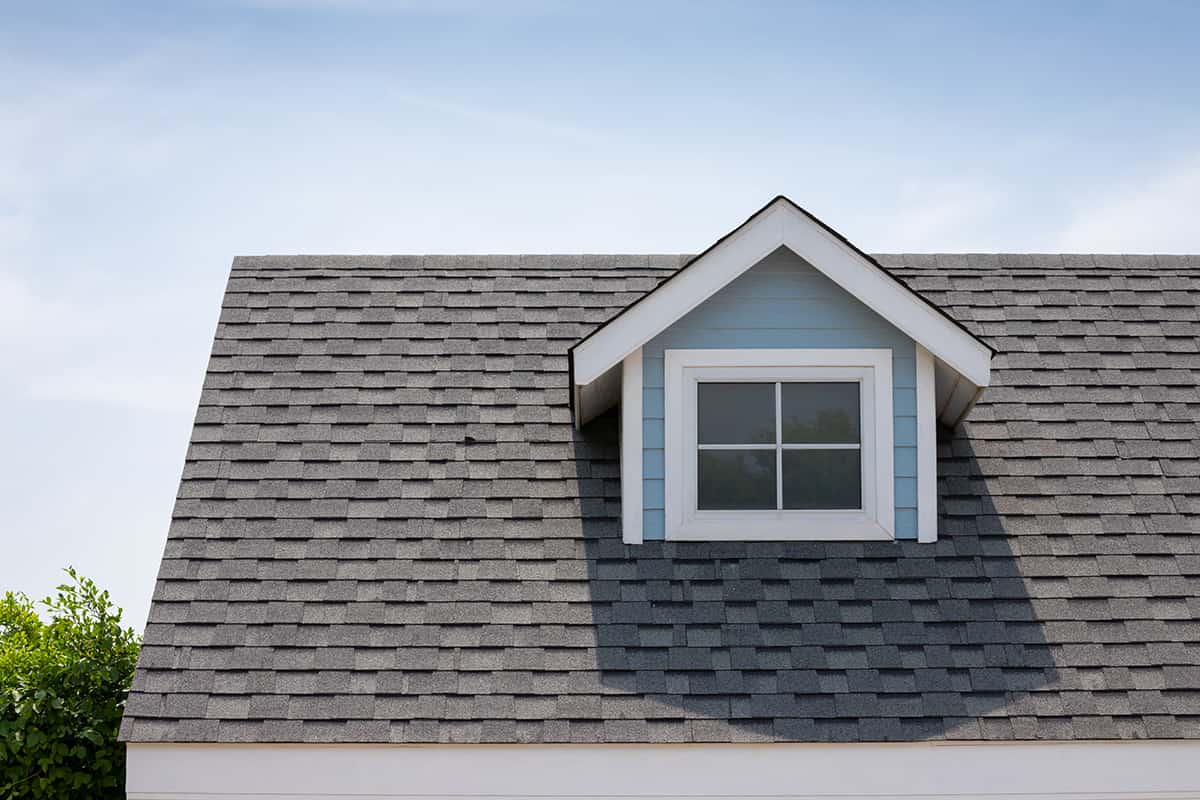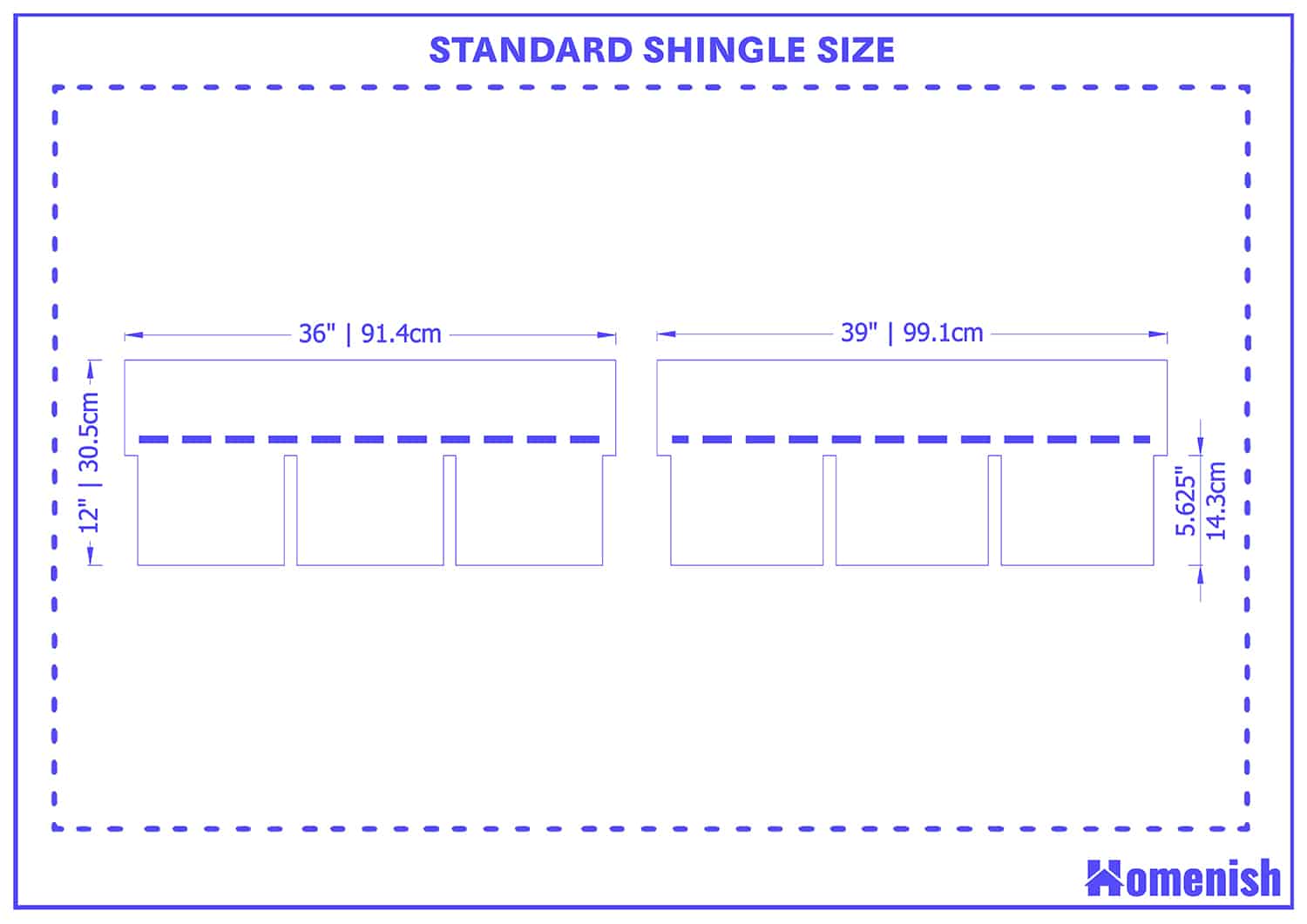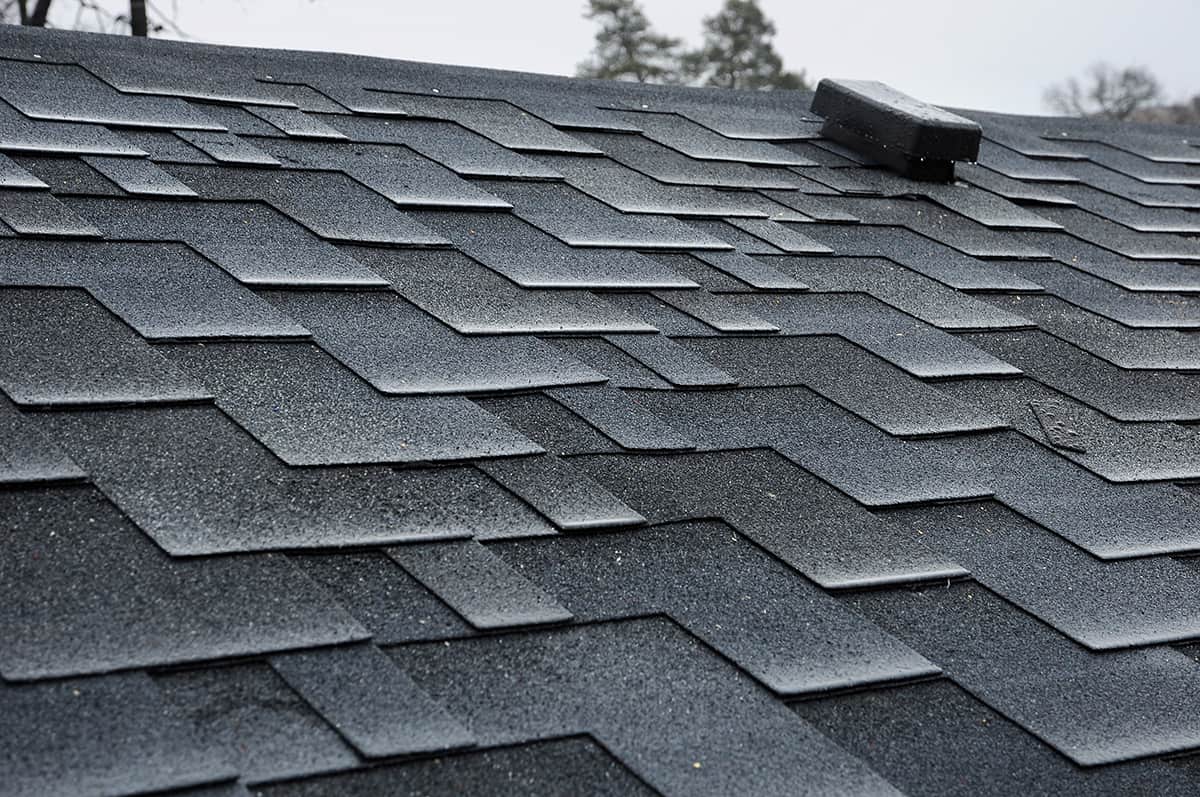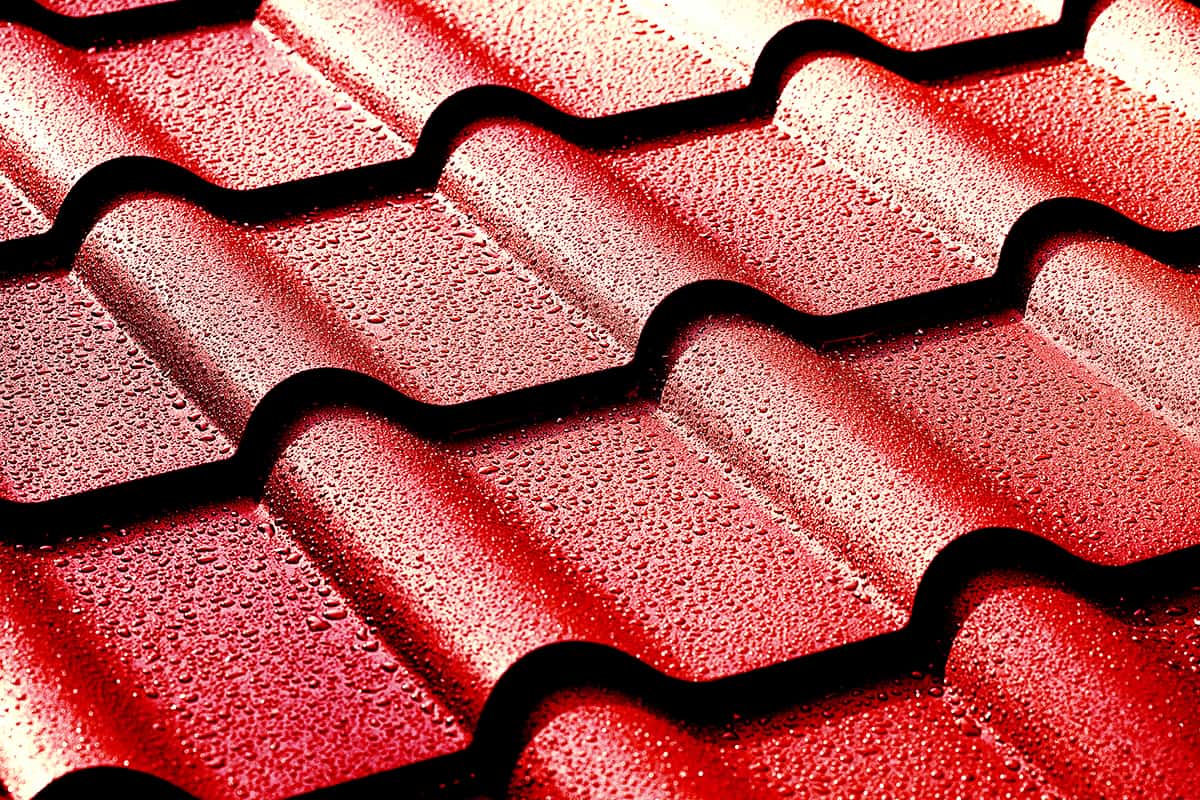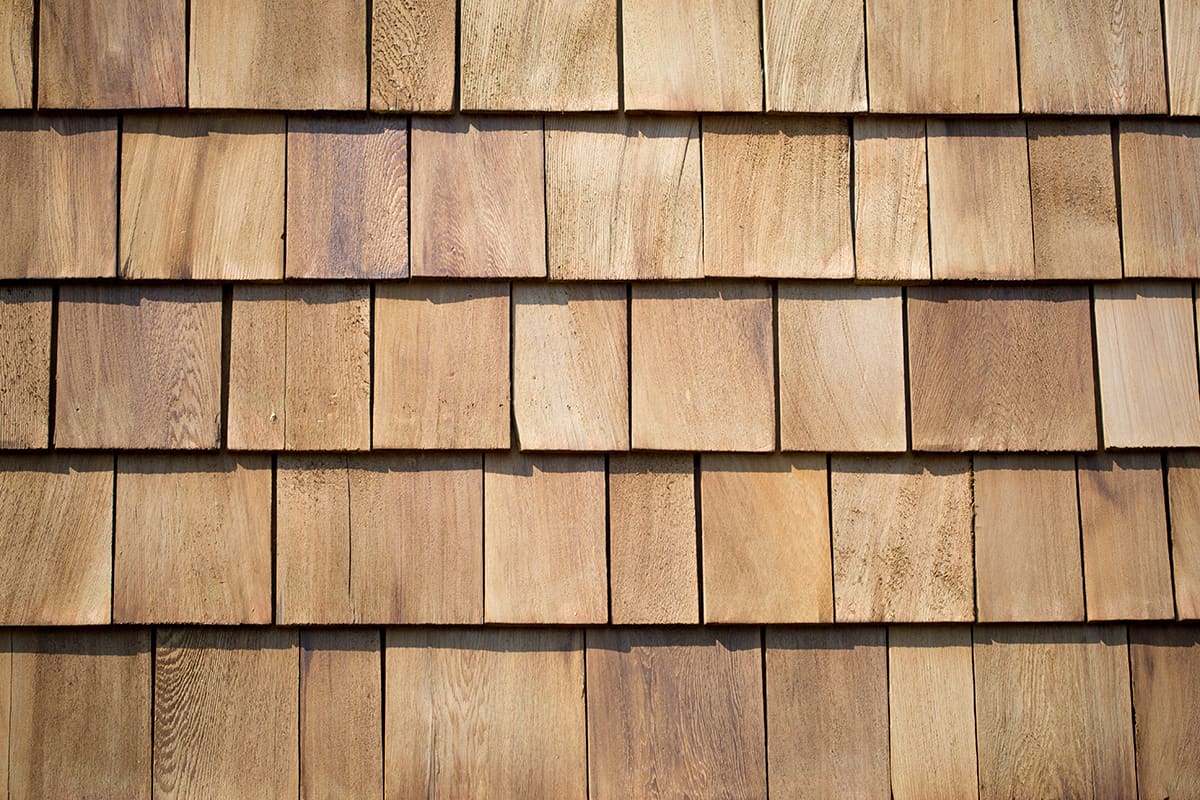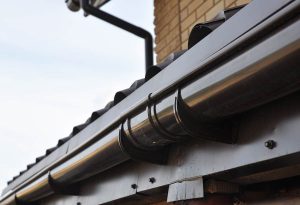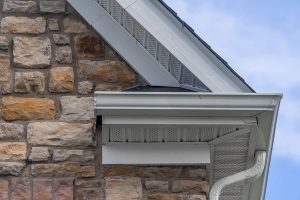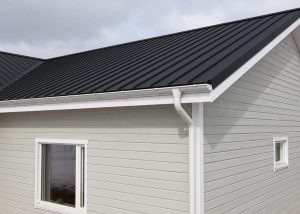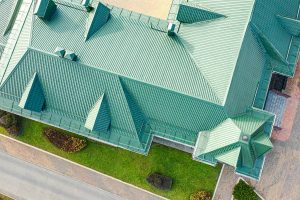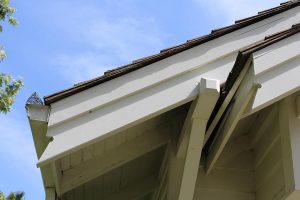If you are buying packs of shingles for your roof, then you’ll need to know what size these are in order to know how much surface area they will cover.
The standard size of an asphalt roof single is 12 inches by 36 inches.
What are Shingles?
Shingles are a type of roof covering which are usually flat. They are most commonly made from asphalt, but other materials are becoming increasingly available, such as shingles made from wood, metal, and slate. Shingles are applied in an overlapping fashion, starting at the lowest part of the roof and working upwards.
They are considered to be one of the most cost-effective types of roof coverings, which of course, has had a huge impact on the popularity of roof shingles. They play a key part in the aesthetic appeal of a property and are most widely used in residential homes.
They are waterproof and can also reflect UV light, helping to keep homes cool during summer and reducing energy bills.
Standard Shingle Size
Shingles can come in different sizes, but the typical size of asphalt shingles is 12 inches in width and 36 inches in length though the 12″x39″ sizes are also liked these days since it allows more overlap from one shingle to the next.
The exposed portions of shingles are known as tabs. They are usually about 5 5/8-inch wide and can be either straight or curved along their length.
The thickness of an asphalt roof shingle will be around an eighth of an inch, though higher-quality shingles may be thicker. The shape of shingles can vary, with tab shingles and architectural shingles being the most common options.
Tab shingles have cutouts along the lower edge, creating the look of three tabs. When installed, a single one of these shingles will appear to be three separate shingles.
Architectural shingles do not have tab cutouts but have a contoured, laminated edge for an architectural look.
Types of Shingle
The vast majority of roof shingles are made from asphalt, and in fact, when people are discussing roof shingles, you can generally assume that they are referring to asphalt shingles.
It is estimated that over three-quarters of all residential homes in the United States have asphalt roof shingles. Other types of shingles include metal shingles, wooden shingles, plastic shingles, and slate shingles.
Asphalt Shingles
Asphalt shingles can last anywhere from 15 to 50 years, depending on the quality of the shingles you buy. Some high-end asphalt shingles will come with a 50-year warranty, but more commonly, you can expect your asphalt shingles will need to be replaced in around 25 years.
Asphalt shingles are the most cost-effective option when it comes to roofing, however when you consider the fact that they don’t last as long as other materials, such as metal or slate, then actually, over time, the more expensive roofing options can represent a better long term investment.
Asphalt shingles are really quick and easy to install and can even be installed on top of old shingles, saving time and hassle when the roof needs to be replaced. Asphalt shingles are fire-resistant and come in a wide range of colors. Unfortunately, they have a low insulation value, they do require periodic maintenance, and they are not environmentally friendly.
Metal Shingles
Metal shingles are a good alternative to asphalt shingles because they are stamped and shaped to achieve a similar look and style to fit in with the other homes in your neighborhood, yet they have better functionality. Metal shingles, like asphalt shingles, are fire retardant and waterproof, and they reflect UV light to keep homes cool.
They have the added benefit of being stronger and more long-lasting, with most types of metal shingles able to outlive three applications of asphalt shingles. Metal shingles are also a much more eco-friendly alternative to asphalt shingles, and they can be fitted on top of existing asphalt shingles for ease of installation.
The biggest drawback of metal shingles is their cost, which can be more than double the cost of asphalt shingles. However, when you consider that they will typically last three times as long as asphalt shingles, they will actually work out to be more cost-effective in the long run.
Wooden Shingles
Wooden shingles are the original type of shingles that have been used for roofing since the 1700’s. They are usually made from cedar, spruce, or redwood and add an aesthetic warmth to the exterior look of the home. In terms of cost, they will be a little more expensive than asphalt shingles, but not by a huge amount.
They will last around the same amount of time as asphalt before needing to be replaced, so they offer a similar level of cost-effectiveness for the lifespan. Wooden shingles are easy to install and easy to replace; they offer good insulation to the home and are environmentally friendly due to being made from a renewable, sustainable product.
The biggest drawback of wooden shingles is the fact that they are not fire resistant and are much more likely to be set alight compared to any other type of roof shingle. This is especially concerning if you live in a rural area surrounded by woodland, where forest fires are prevalent, and many people choose to avoid wooden shingles for this reason.
Wooden shingles will also degrade more quickly as a result of weather conditions; for example, they will fade in sunlight, and rain and wind can weaken their structure. Lashings of rain, sand, and salt spray can also cause the wood to wear away gradually.
Plastic Shingles
Plastic shingles are designed to look like slate tiles for a stylish, high-end look at a fraction of the cost. They are inexpensive and lightweight and can last for up to 40 years. These represent a cost-effective option for roof shingles and can be found in recycled plastic for an environmentally friendly solution.
They are hard-wearing, durable, and resistant to weather conditions, so they represent a good alternative to asphalt shingles as a more sustainable option for the future of homebuilding.
